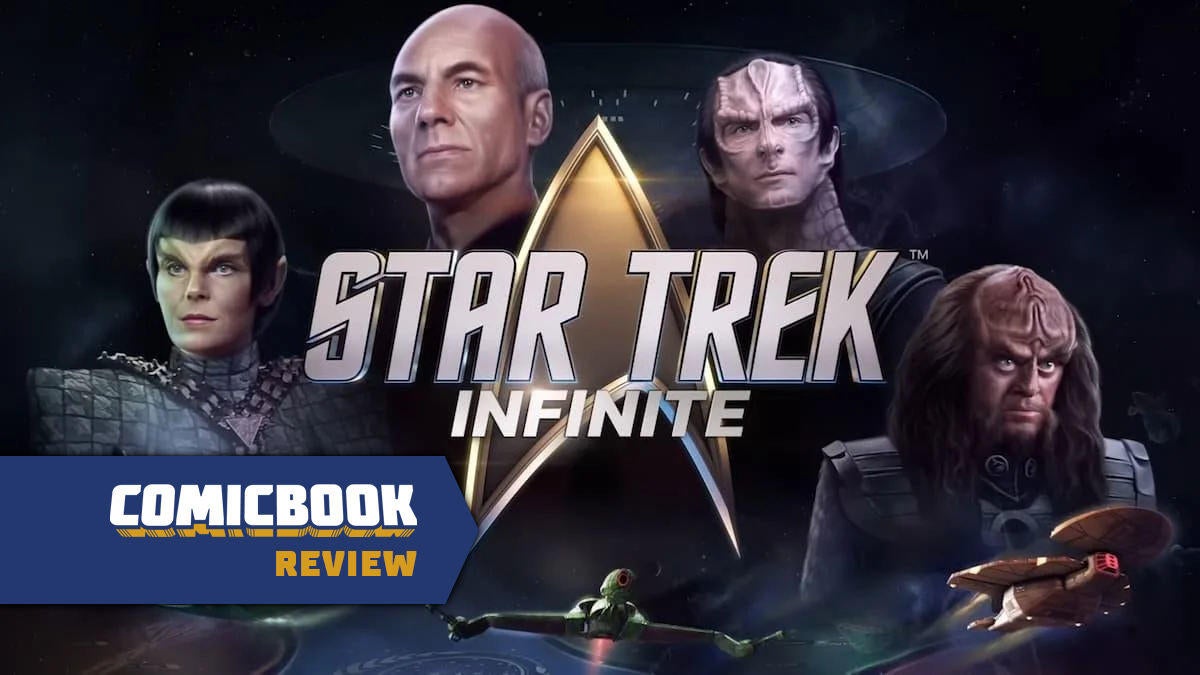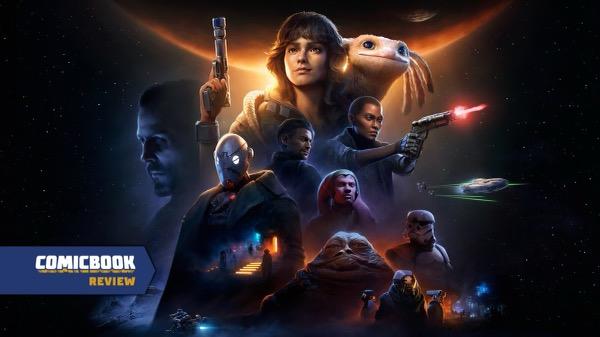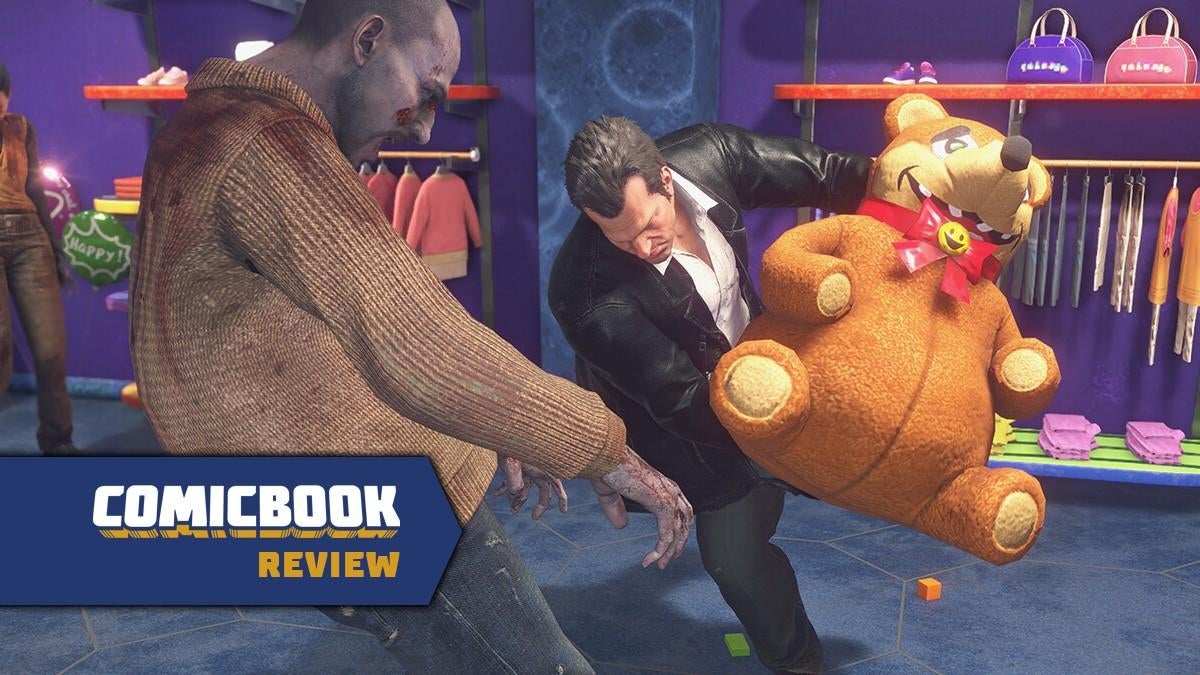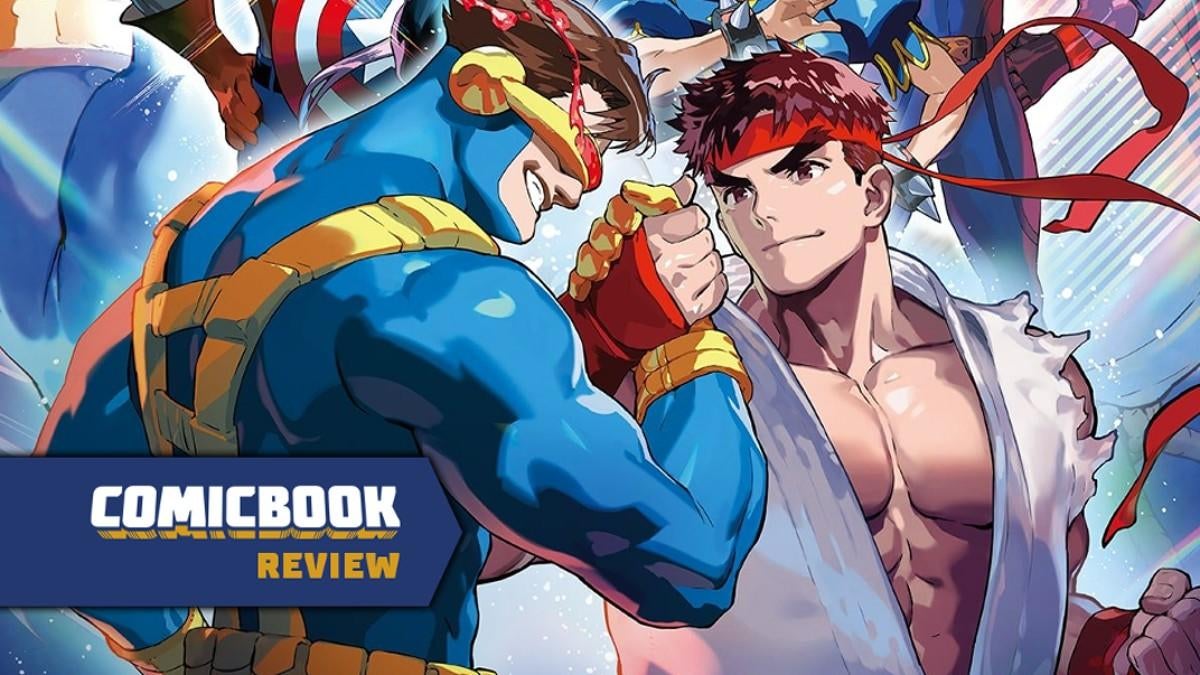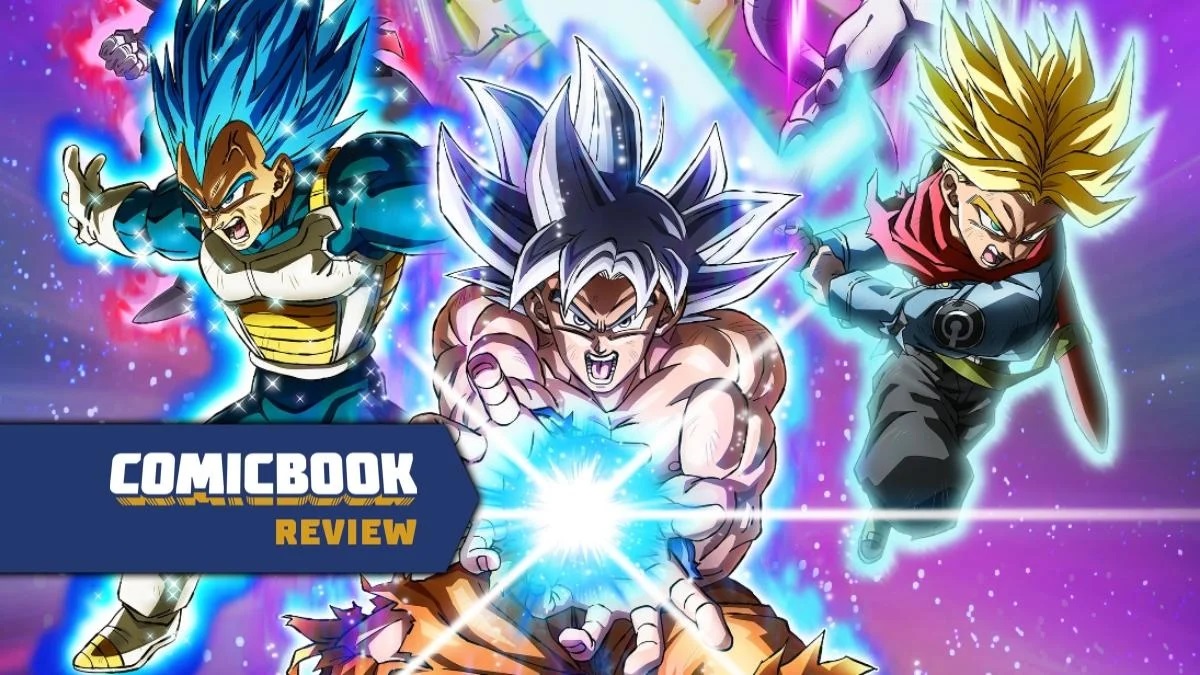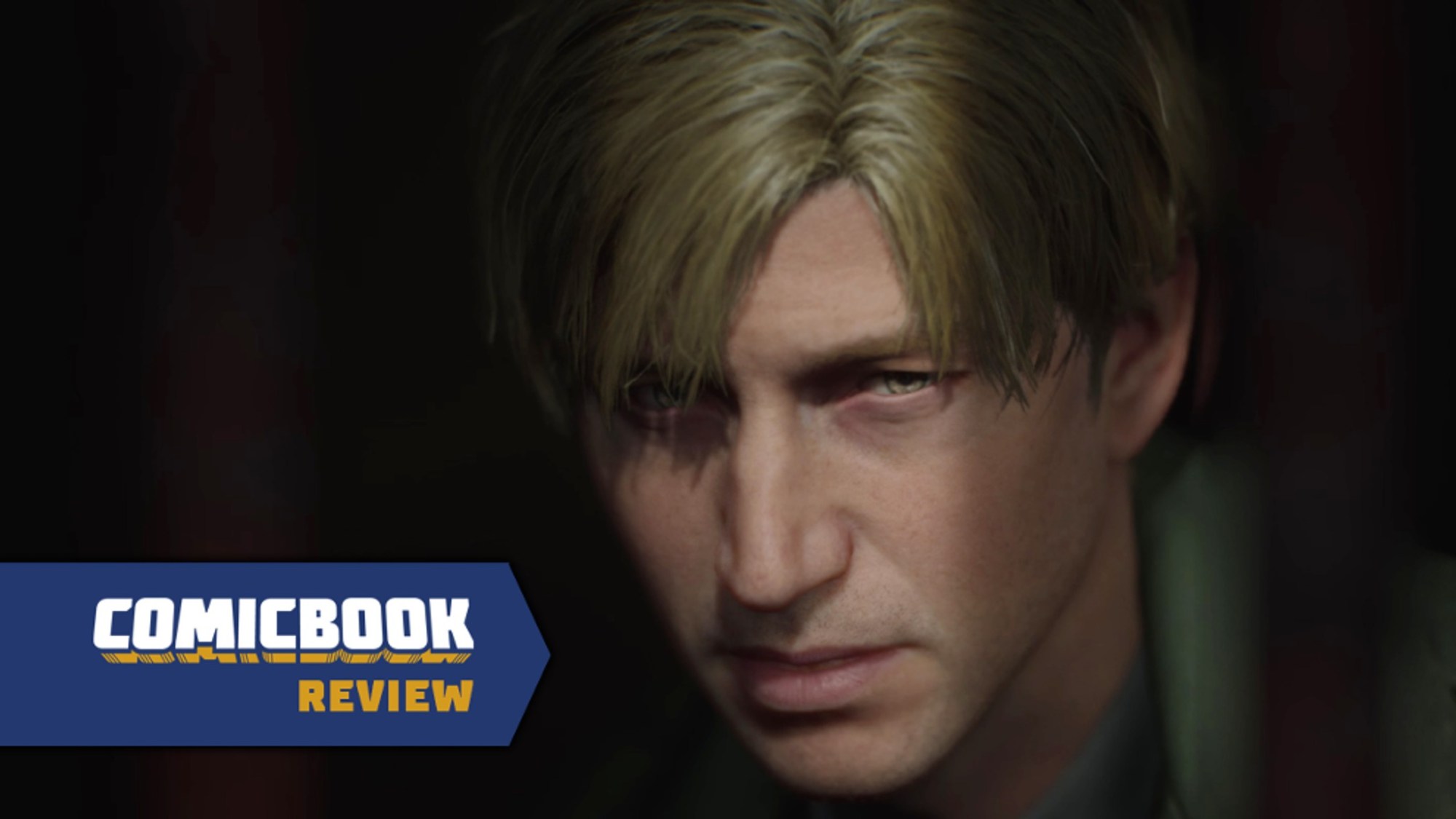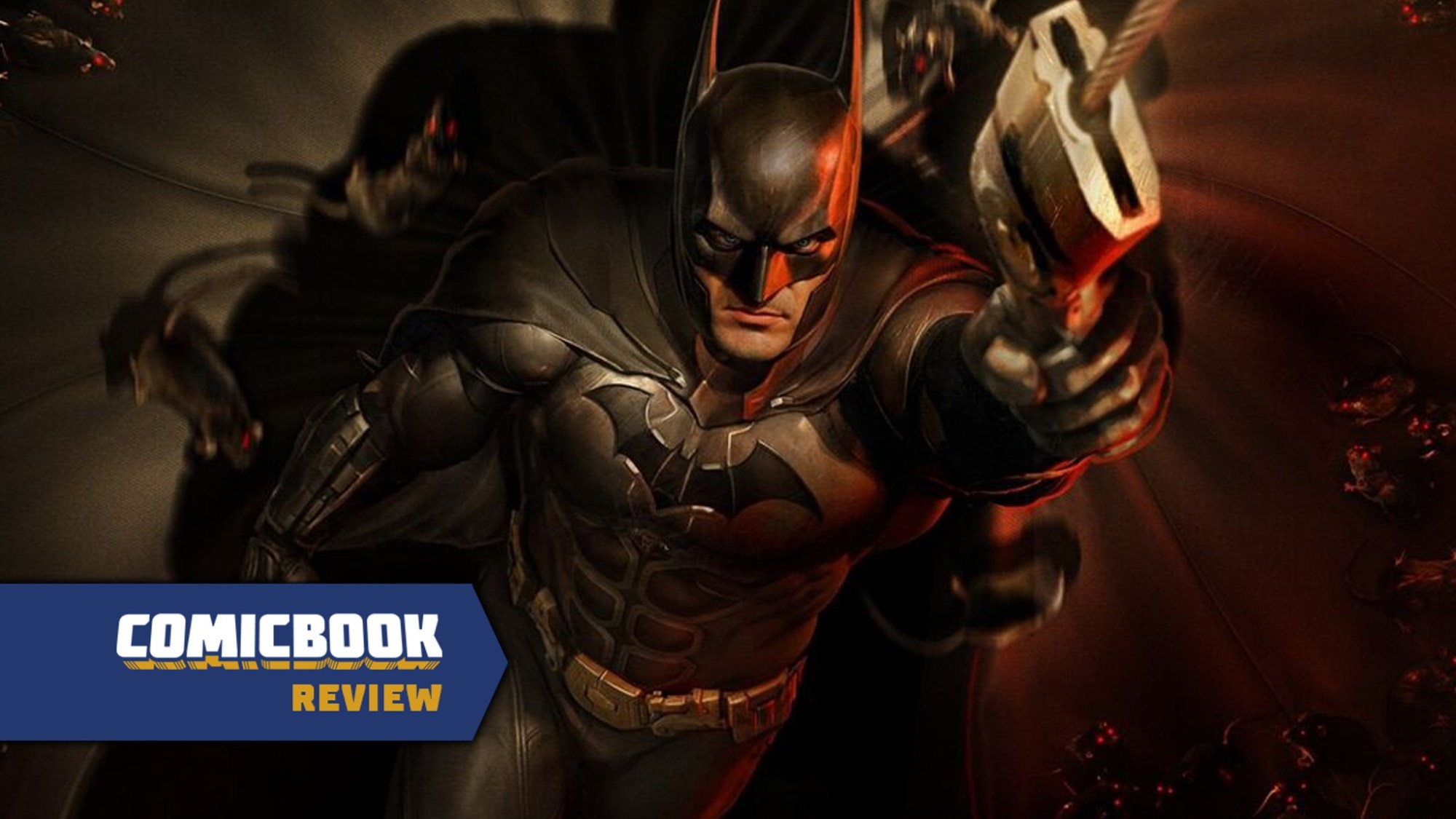At the height of Star Trek‘s popularity, with five series in concurrent production on Paramount+, I discovered Stellaris. While not a grand strategy or 4X gamer, the concept of controlling an interstellar polity intrigued me, particularly its potential for adaptation to the Star Trek universe. Predictably, modders had already explored this, leading me to purchase Stellaris and promptly install a Star Trek total conversion mod.
My engagement was short-lived. Transforming Stellaris into a Star Trek experience wasn’t enough to overcome the game’s complex mechanics. However, when Paradox Interactive announced the officially licensed Star Trek: Infinite, my interest was rekindled.
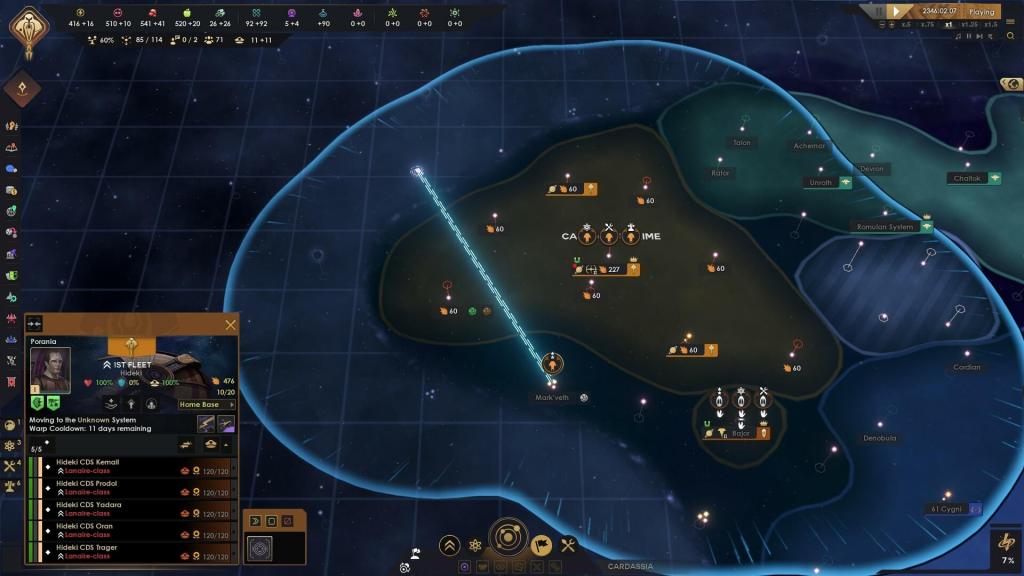 Star Trek Infinite gameplayMy perspective is primarily that of a Star Trek fan, not a seasoned 4X player. This lens, through which I sought a uniquely Star Trek experience, undeniably shapes my evaluation of Star Trek: Infinite.
Star Trek Infinite gameplayMy perspective is primarily that of a Star Trek fan, not a seasoned 4X player. This lens, through which I sought a uniquely Star Trek experience, undeniably shapes my evaluation of Star Trek: Infinite.
Commanding the Galaxy
Star Trek: Infinite offers control of four major factions: the United Federation of Planets, the Klingon Empire, the Romulan Star Empire, and the Cardassian Union. Each faction’s strengths align with one of the four “X”s: Explore, Expand, Exploit, and Exterminate. The Federation favors diplomacy and exploration, while the Klingons, naturally, lean towards military might.
Canon and Creativity
Campaigns in Star Trek: Infinite adhere more closely to established canon than Stellaris. Major powers occupy familiar positions, and galactic events follow a relatively fixed timeline, commencing with the Romulan attack on Khitomer and the subsequent Federation-Klingon alliance (a pivotal moment in Star Trek: The Next Generation).
Minor powers have more narrative freedom. Their interactions and events may deviate from established storylines. The Betazed might ally with Cardassians, or the Federation could liberate Bajor prematurely. While adding intrigue, some inconsistencies arise. For instance, early colonization of Denobula and Risa, planets with existing populations, seems incongruous.
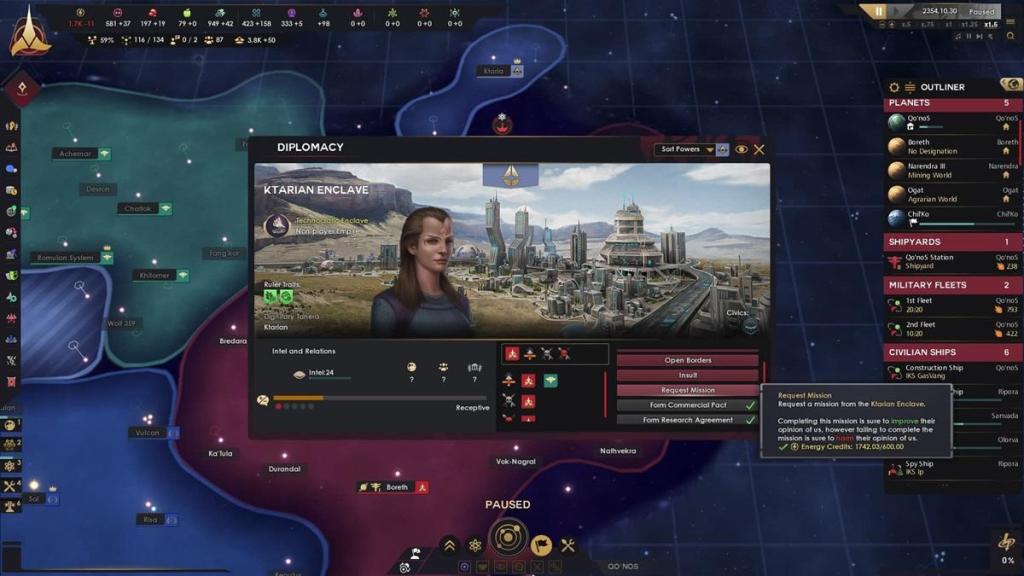 Star Trek Infinite gameplayThe core mechanics are sound: exploring new worlds, engaging in diplomacy, deploying spies, and dispatching fleets. Major powers are designed to encourage roleplaying within their established ethos. Starfleet prioritizes diplomacy and exploration, while the Romulans maintain a pervasive intelligence network. Despite these elements, Star Trek: Infinite failed to ignite my Star Trek passion.
Star Trek Infinite gameplayThe core mechanics are sound: exploring new worlds, engaging in diplomacy, deploying spies, and dispatching fleets. Major powers are designed to encourage roleplaying within their established ethos. Starfleet prioritizes diplomacy and exploration, while the Romulans maintain a pervasive intelligence network. Despite these elements, Star Trek: Infinite failed to ignite my Star Trek passion.
Missing the Human Element
Star Trek: Infinite highlighted the significance of characters in the Star Trek experience. While some players may find satisfaction in fleet management, territorial expansion, and task completion, I found these activities devoid of meaning without a compelling narrative and engaging characters. This explains my preference for games like Star Trek Online and Star Trek: Resurgence, which prioritize capturing the episodic feel of the shows over meticulously recreating the political landscape.
Final Verdict
Rating: 3 out of 5
Star Trek: Infinite is available now for PC. A review code was provided by the publisher for this review.



